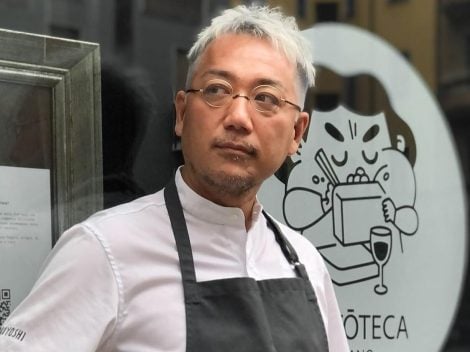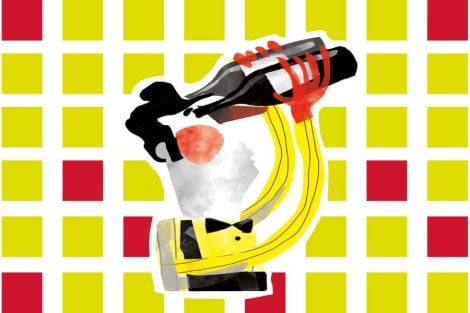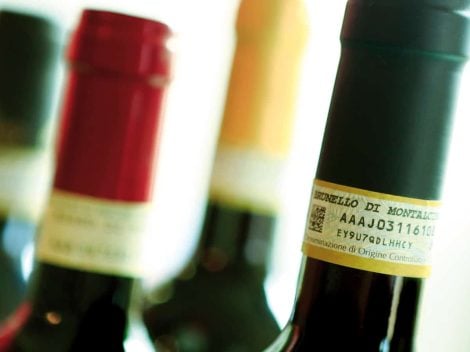Chinese New Year 2022: it’s the Year of the Rabbit
It's known as the Spring Festival but it always falls in winter, between January 21st and February 20th: Chinese New Year, which this year is celebrated on January 22nd. 2020 was the Year of the Rat, which according to Chinese astrology would have brought great upheavals (and so it was indeed...), 2021 the Year of the Ox, which gives patience and strength (including lockdowns, colour-coded zones and curfews, a good dose of patience was useful), while the last one was the Year of the Tiger, an animal that embodies strength, courage and impulsivity. 2023 will be the Year of the Rabbit, symbol of peace, fortune and tranquility. It's a Water Rabbit, to be precise, that brings harmony and success. The celebrations last 16 days, from New Year's Eve to the Lantern Festival, which includes the launch of lanterns during a night walk.
The traditions of the Chinese New Year at the table
Also known as the "gathering dinner," the New Year's Eve dinner gathers the whole family (only after having carried out the great Spring cleaning to sweep away the past year and welcome the future one), who indulge themselves around the table in addition, leaving room for games and rituals. For example, hóngbāo, the ubiquitous red envelopes containing money donated to the youngest and retired elderly on important occasions, for some time now also available in digital version, to be sent via chat. Kicking off the banquet is the oldest person at the table, who is served first and raises chopsticks in the air as a signal to start: spring rolls, dim sum, spaghetti, steamed buns and fortune cookies are among the most common products present at any self-respecting New Year's Eve dinner, interspersed with a few toasts. Gān bēi is the key word for having a drop of wine, but pay attention to quantities: the rule requires that each diner finishes the entire glass before resuming eating. Traditionally, 12 courses should be served to symbolise the 12 months of the year and the 12 animals that characterise the horoscope, but this is a custom linked to the past. Here are the most popular dishes for dinner.
The typical dishes of the Chinese New Year
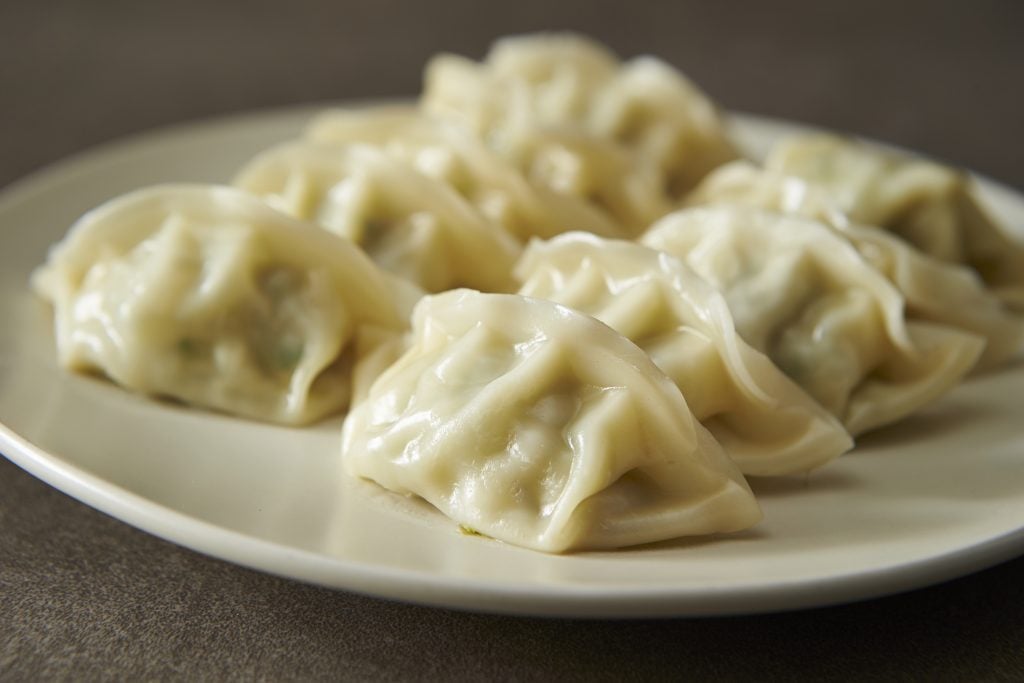
Steamed dumplings
Jiaozi are among the most popular foods all around, thin dumplings stuffed with meat, shrimp or steamed vegetables and ubiquitous during Chinese holidays. On the occasion of the New Year, the shape is more oval and elongated (they must be reminiscent of a gold ingot) and are arranged in rows, because the circular shape implies an endless circle in which the same situations are repeated endlessly: certainly not something one hopes for a new beginning.
Spring rolls
The name derives from the New Year's festivity and they’re considered a good omen for thir golden colour reminiscent of gold. The thin and crunchy pastry is made with flour, cornstarch and water, but on the market they are also available ready-made, to be soaked in water, stuffed, rolled up and fried. The most classic filling is vegetarian with cabbage, onion, carrots and bean sprouts.
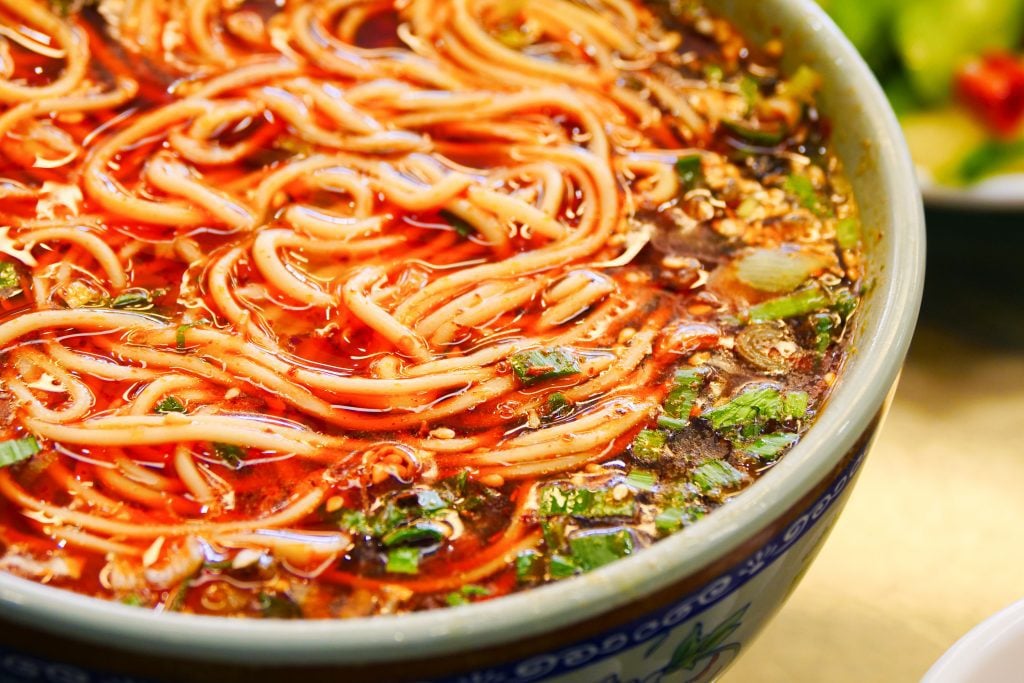
Lamian
Lamian are among the oldest noodles in the world, typical of Xinjiang: a thin dough of water and flour, elastic and worked for a long time, generally seasoned with a vegetable and meat stew. The preparation of the noodles is quite spectacular: rolled up on forearms and vigorously beaten on the work surface, to give as much elasticity as possible to the dough. Once cooked, they are tossed in the wok with sauce.
Fish
Yú is the Chinese word for fish, and it sounds very similar to the word "abundance." Fish dishes, therefore, are never lacking during the New Year's Eve dinner, served by reciting the saying niánnián yǒuyú, or "for the whole year there is an overabundance." Among the most popular cooking methods, fish is boiled or braised, but there are also those who steam it, accompanying it with vinegar sauces. The important thing is to serve it whole with all the head and tail, just to wish prosperity and abundance throughout the year.
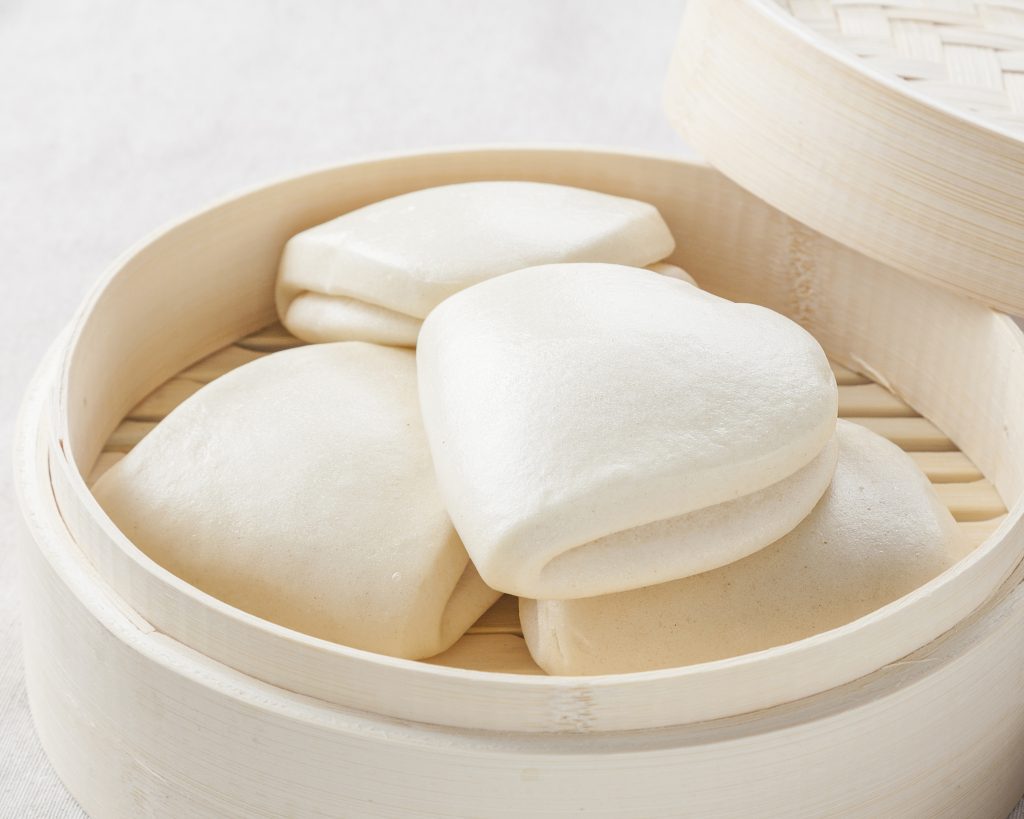
Steamed buns
The soft steamed buns are called mantou, also present in the stuffed version (baozi), with a delicate taste and often decorated with floral or animal shapes. According to tradition, a bun must be prepared for each member of the family, including a special one for the head of the family containing a small fruit inside.
Fortune cookies
Everyone associates them with China, but fortune cookies are a Japanese recipe that has become famous in America. By now, however, they are also quite widespread among Chinese families, who consume them on New Year's Eve as a sign of good luck: the crunchy pastry shells, in fact, contain cards with prophetic phrases. The first to introduce the sweets in the States was Makoto Hagiwara, keeper of the tea gardens in Japan, who proposed fortune cookies at the Tea Garden in San Francisco: sanctioning their success was singer David Jung, of Chinese origin, who in 1916 founded the Hong Kong Noodle Company, producing biscuits as well.
by Michela Becchi

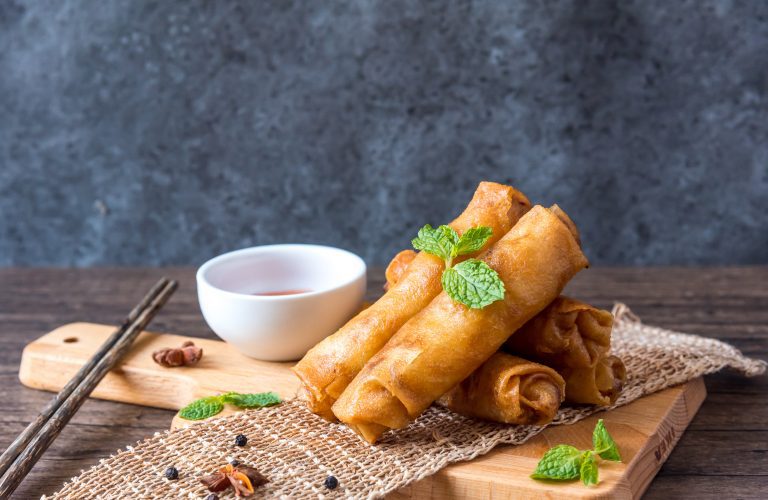
 Dealcoholised wines, everyone halt: production in Italy is blocked until 2026
Dealcoholised wines, everyone halt: production in Italy is blocked until 2026 Arianna Occhipinti surprises everyone and returns to Verona: "There are too many natural wine fairs, and they’re too scattered"
Arianna Occhipinti surprises everyone and returns to Verona: "There are too many natural wine fairs, and they’re too scattered"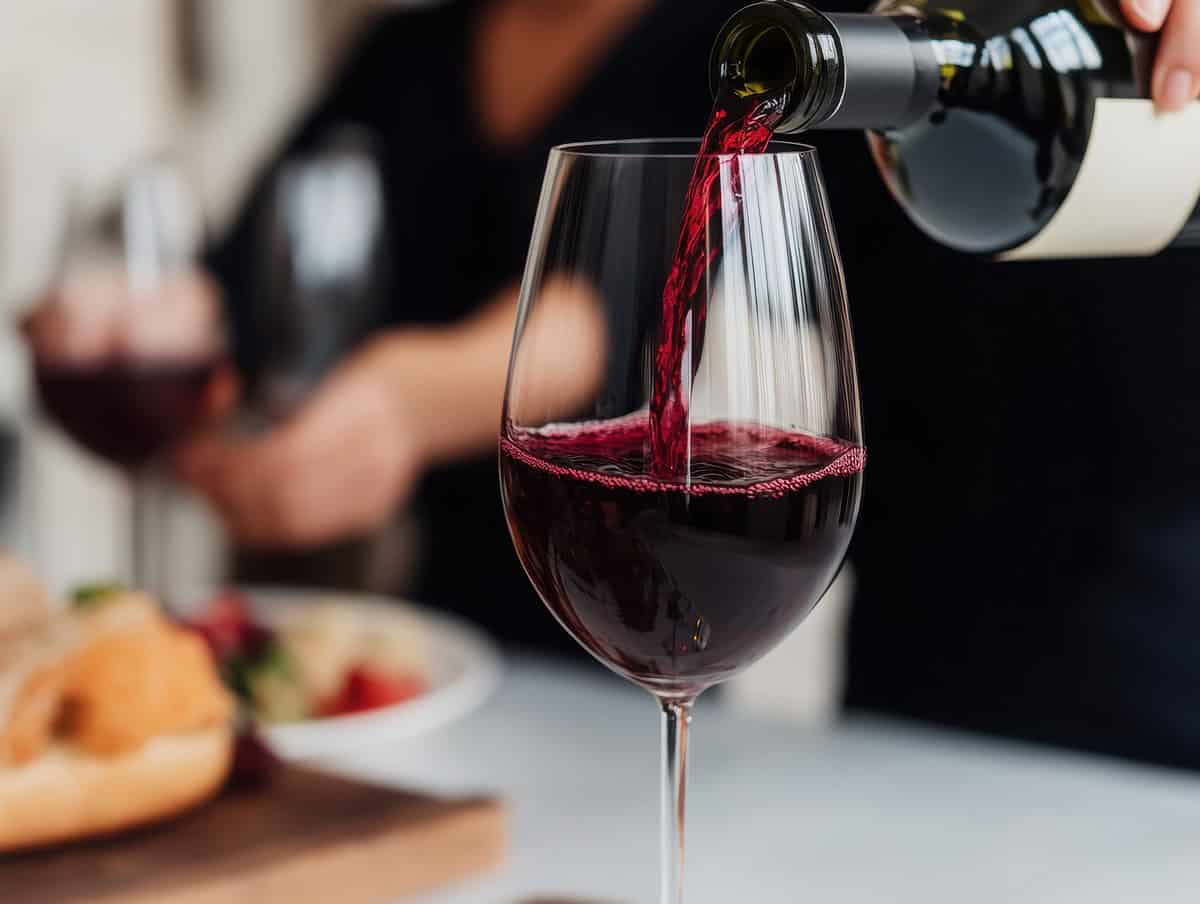 “Wine tariffs? Chaos inevitable. Producing it is increasingly expensive.” The Censis-Confcooperative study
“Wine tariffs? Chaos inevitable. Producing it is increasingly expensive.” The Censis-Confcooperative study Lost inside Vinitaly? Here are five tastings to try, according to Gambero Rosso
Lost inside Vinitaly? Here are five tastings to try, according to Gambero Rosso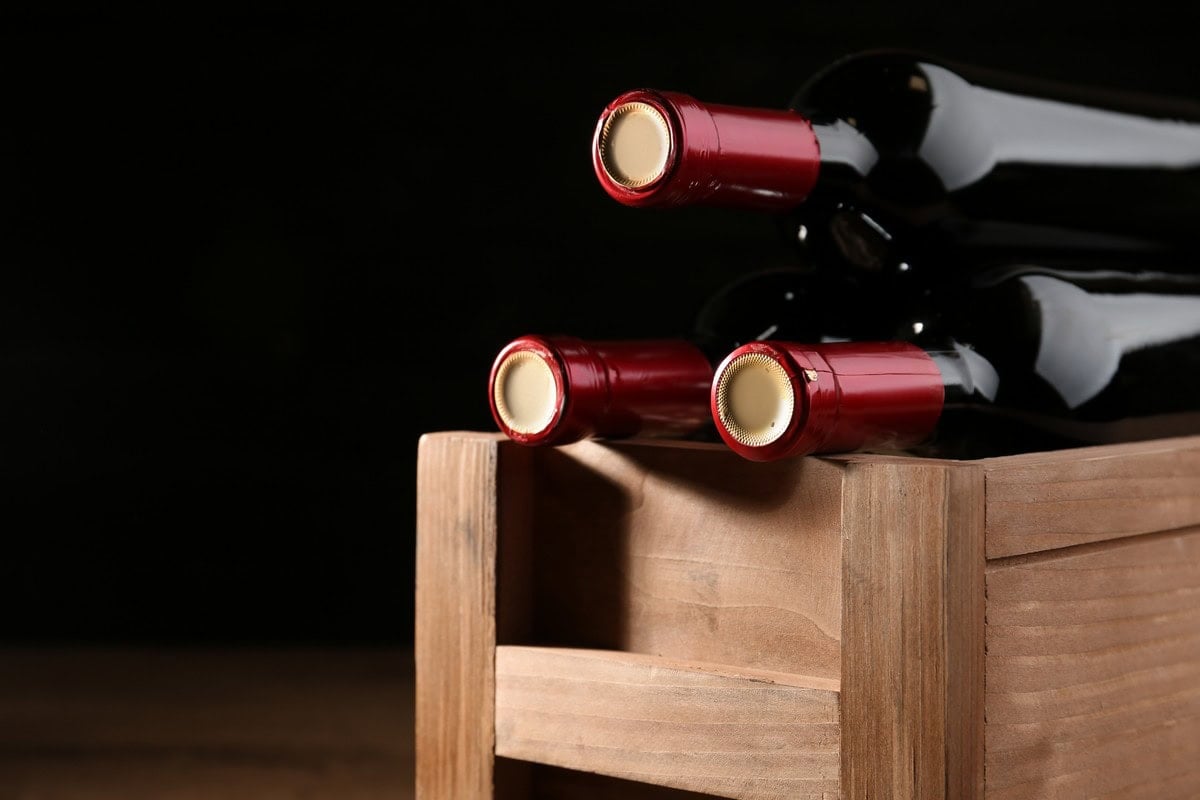 The US market accounts for 24% of global exports of Italian wine. Federvini: “We cannot risk being pushed out”
The US market accounts for 24% of global exports of Italian wine. Federvini: “We cannot risk being pushed out”
